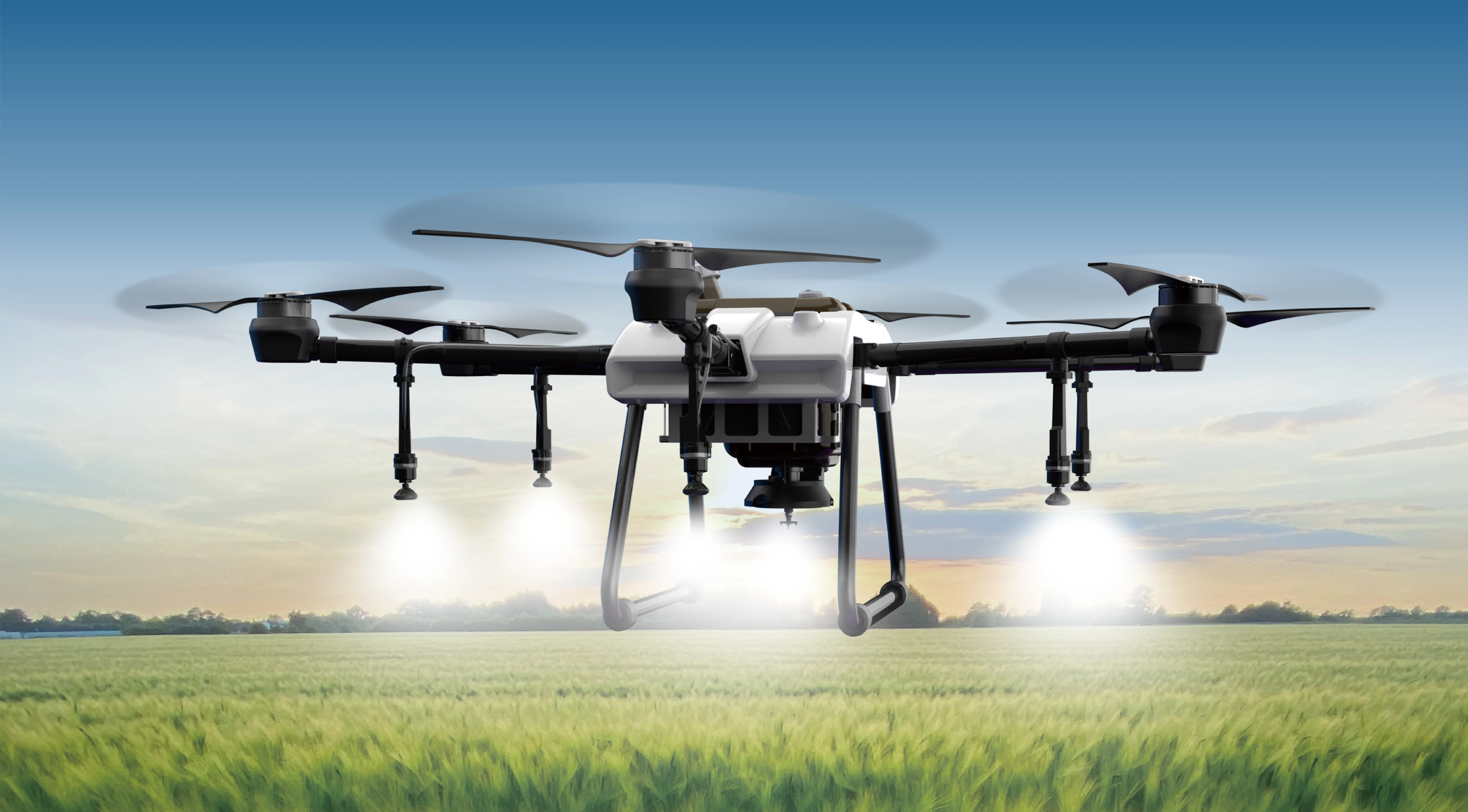Unlocking Efficiency and Flexibility: The Power of DC Gear Motors with Two-Speed Capabilities
In the ever-evolving landscape of industrial automation, robotics, and machinery, the need for adaptable, efficient, and space-saving motor solutions has never been greater. Among these solutions, DC gear motors with two-speed capabilities stand out as a game-changer, seamlessly blending power, precision, and versatility. Whether you're designing a conveyor system, a robotic arm, or a custom automation project, understanding how these components work can open pathways to enhanced performance and operational excellence.

The Basics of DC Gear Motors
To appreciate the significance of the two-speed feature, it’s important to first understand what a DC gear motor is. At its core, a DC gear motor combines a direct current (DC) electric motor with a gear reduction system. The motor delivers rotational motion, while the gear assembly reduces the speed—making the output shaft rotate more slowly but with greater torque. This combination allows for precise control over movement, especially in applications where space is limited but strength or torque is required.
The motor itself is usually a brushed or brushless DC motor, selected based on application needs—brushless motors offer higher efficiency and longer lifespan, while brushed motors are cost-effective and simpler to control. The gear mechanism, often composed of spur gears, planetary gears, or worm gears, step down the rotational speed while magnifying torque, making these devices ideal for handling loads in compact spaces.
Why Two-Speed Capability Matters
While a straightforward gear motor can deliver a fixed speed and torque, many applications demand dynamic adaptation to different operational scenarios. That's where two-speed DC gear motors come into play.
Imagine a robotic arm that needs rapid movements when positioning itself but requires slower, more precise motion during assembly. Or a conveyor belt that must run fast during throughput peaks and slow down for delicate handling. In these cases, the ability to switch between two different speeds without changing motors or intricate gear arrangements improves efficiency and flexibility.
The two-speed feature typically involves an added switching mechanism—either manual or automatic—that changes the gearbox configuration, or uses specialized gear trains that can be engaged or disengaged via electrical signals. This dual-speed function offers several benefits:
Enhanced Flexibility: Switch between high and low speeds effortlessly. Energy Efficiency: Use only the necessary speed for the task, reducing power consumption. Operational Precision: Achieve both fast movements and delicate, controlled operations. Simplified Design: Avoid the need for multiple motors or complex gear setups.
How Do Two-Speed DC Gear Motors Work?
The underlying working principle relies on the internal gear design. There are mainly two approaches:
Dual-Stage Gearboxes with Switching Mechanisms: These gearboxes contain two different gear ratios integrated into a single unit. A small mechanical or electromagnetic switch change the gear engagement path, allowing the motor to operate at different speeds. For example, when in high-speed mode, a gear train with a larger gear reduction ratio is bypassed, resulting in a faster output.
Electromagnetic or Electronic Control: Some modern two-speed gear motors incorporate electronic control systems. They use sensors, relays, or microcontrollers to switch the speed modes. In such systems, the motor might be driven at different voltages, or the gear engagement might be managed via solenoids or electronically controlled clutches.
This flexibility is particularly valuable in applications where manual intervention isn't feasible, such as remote-controlled machinery or autonomous robots. Mechanical robustness and electronic control often go hand-in-hand to deliver reliable, easy-to-manage two-speed functionality.
Material and Design Considerations
When choosing a two-speed DC gear motor, factors like gear material, gear ratio options, and control complexity are critical. Engineers consider durability, noise levels, efficiency, and size constraints. Modern gear boxes may utilize high-strength materials like steel, reinforced plastics, or composite materials to withstand wear and tear over extended periods.
Designers also optimize gear ratios to balance between maximum speed and torque at each mode. For industrial applications, the gear ratios typically range from 5:1 to 100:1, enabling significant variations in speed and force output.
Practical Applications of Two-Speed DC Gear Motors
The flexibility of dual-speed operation makes these gear motors ideal for a wide array of applications:
Robotics: Precise movement and quick repositioning. Conveyor Systems: High throughput during normal operation and gentle handling for fragile items. Automated Door Openers: Fast opening and slow, controlled closing. Medical Devices: Rapid initial movement with precise control during operation. Packaging Machinery: Fast cycle times and delicate product handling. Aerospace and Defense: For example, adjustable control of deployable components.
Conclusion of Part 1
Two-speed DC gear motors exemplify an elegant solution for modern machinery requiring versatility without sacrificing space or efficiency. Their ability to switch between operational modes seamlessly makes them invaluable in designing intelligent, responsive systems that meet the demands of today’s fast-paced industrial environments.
In the next section, we'll explore specific case studies, key technical specifications, and tips on selecting the right dual-speed gear motor for your project.
Established in 2005, Kpower has been dedicated to a professional compact motion unit manufacturer, headquartered in Dongguan, Guangdong Province, China.




































